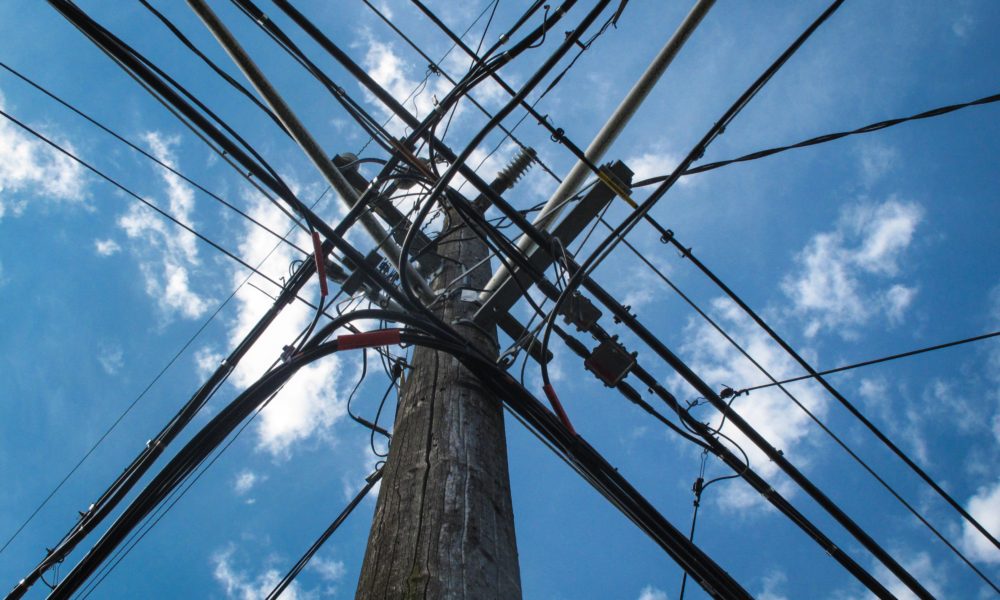
One of my all-time favorite tools is the Kill-a-Watt meter. Available in several models, this inexpensive, handy tool allows you to find out how much electricity a given plug-in item uses. Simply plug it into the wall, then plug the item into the Kill-a-Watt. Several different settings provide real-time wattage, voltage, and amperage readings, as well as watt-hours to determine usage over time. The meter is very handy for determining how much equipment uses on standby, as well as when fully on. Many things still draw energy even when fully “off”. I have to admit that more than once I’ve been taken aback by the amount a beloved piece of equipment uses on (my 1940’s electric GE clock draws 24 watts 24/7 – it sure is nice, but that amounts to 210 kilowatt hours a year – the equivalent of the output of about ¾’s of one of our solar panels – not a trade-off we’re willing to make).

My beloved niece recently told me she was doing a science project about her high school’s energy use and ways to reduce it (I swear, I had no influence on this choice). I simply handed her my Kill-a-Watt meter and suggested it might help. Check out the chart in the lower middle of her display – a fairly nice little analysis of standby and on watt and kilowatt hours by electrical item. Anyone need a great, fun energy professional in six or seven years?
Get a Kill-a-Watt meter, find your worst offenders, and get rid of them!



